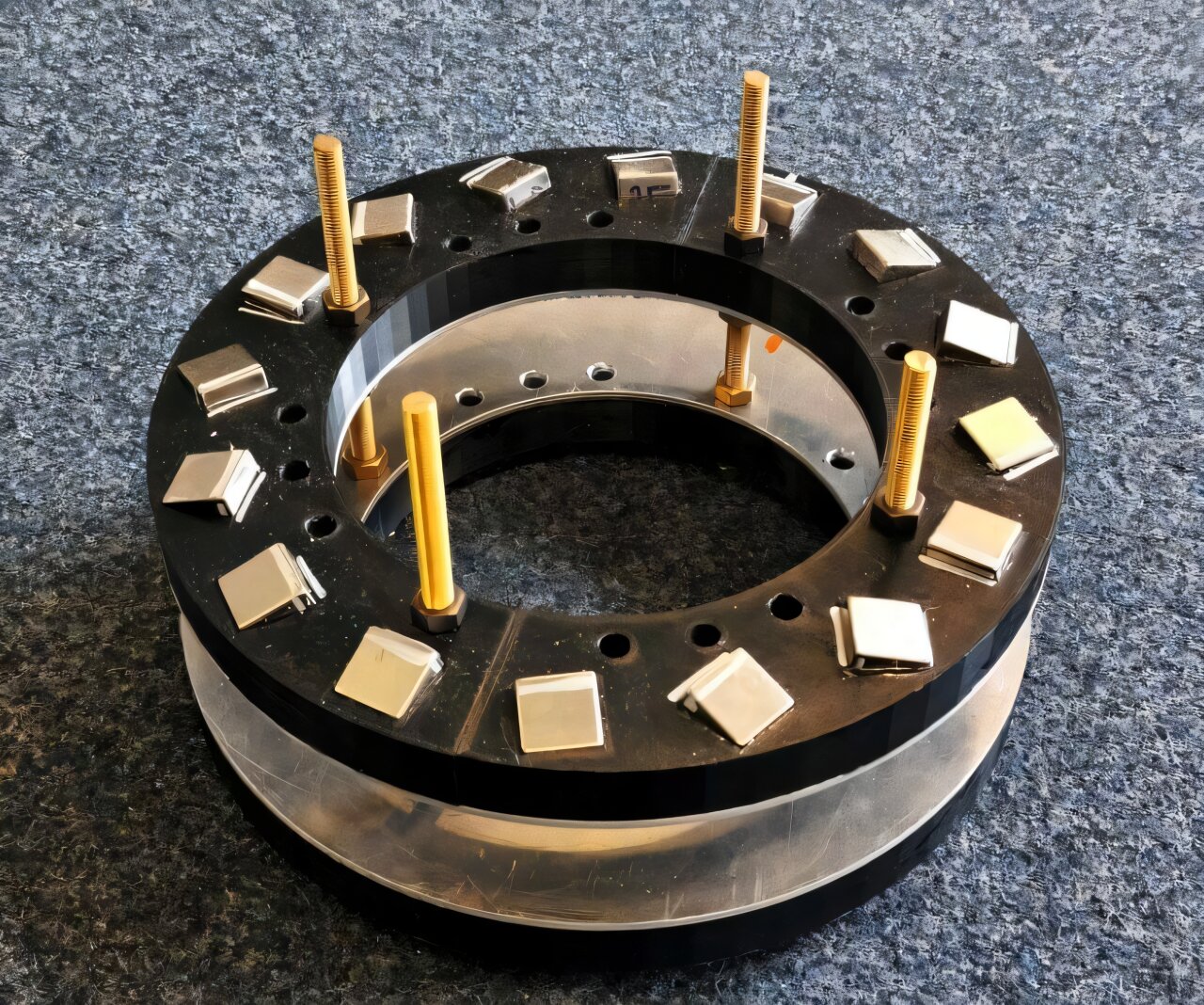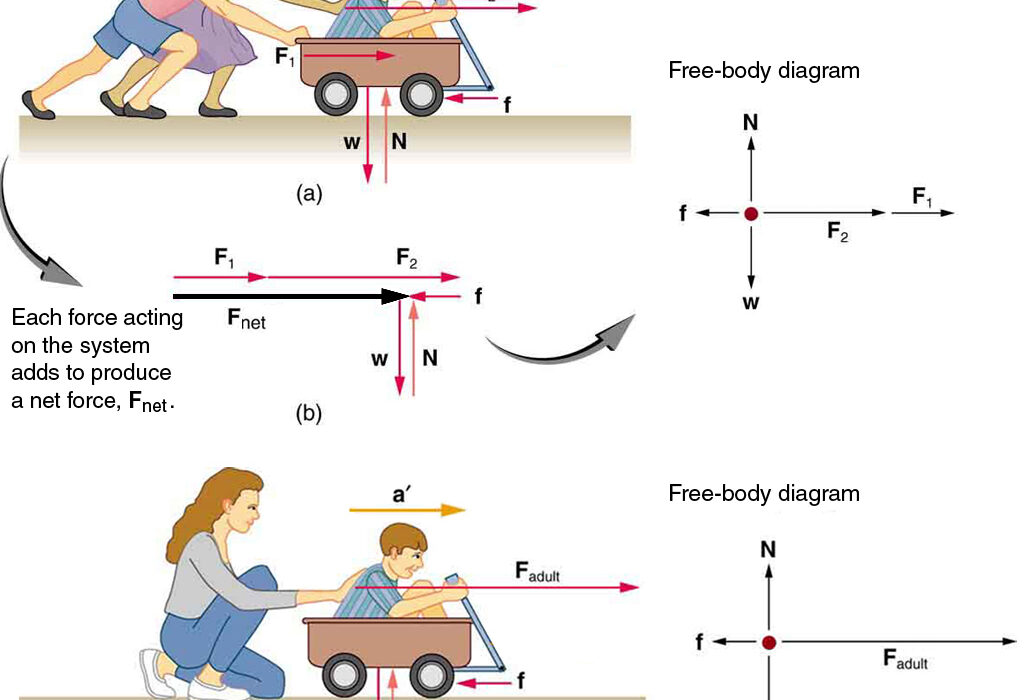In a quiet corner of Germany, far from the thunderous crash of particle colliders or the sterile hum of high-tech hospitals, two physicists have reshaped our understanding of one of nature’s most subtle forces—magnetism.
Prof. Dr. Ingo Rehberg of the University of Bayreuth and Dr. Peter Blümler from Johannes Gutenberg University Mainz have done what many thought impossible: outdo the classic Halbach array, a legendary but flawed magnetic configuration long considered the gold standard for producing uniform magnetic fields.
Their work, recently published in Physical Review Applied, offers a new paradigm in the design of compact magnet systems—one that could ripple across fields as diverse as medical imaging, materials science, and even levitating transport.
Rethinking a Classic with Modern Precision
To most people, magnets are simple things—objects that stick to fridges or power speakers. But in science and engineering, generating precise, homogeneous magnetic fields is no trivial task. Such fields are vital for technologies like MRI machines, particle beam control, and advanced sensing systems.
For decades, engineers and physicists have relied on Halbach arrays to meet this challenge. These cleverly arranged rows of magnets reinforce the field on one side while canceling it on the other, producing a concentrated magnetic region. But there’s a catch: Halbach arrays only achieve theoretical perfection when the magnets are infinitely long—an obvious impossibility.
“In real-world settings, the field from a finite-length Halbach array becomes uneven and unpredictable,” explains Dr. Peter Blümler. “The very geometry that promises elegance in theory becomes clumsy in practice.”
Blümler and Rehberg, working at the intersection of physics and engineering, believed there had to be a better way. And they found it—not by scaling up, but by zooming in.
A New Geometry for a New Era
The duo’s breakthrough came from reimagining the fundamental arrangement of magnets. Rather than relying on elongated structures, they explored compact three-dimensional configurations using point dipoles—idealized representations of magnets in theory.
Focusing on two core geometries—a single ring and a stacked double ring—they used mathematical modeling to determine the optimal orientation of magnets in each. Then, with 3D-printed supports and 16 precisely arranged FeNdB cuboid magnets, they put theory to the test.
What they discovered was nothing short of remarkable.
The magnetic fields generated by these new configurations weren’t just strong—they were astonishingly uniform. More importantly, they outperformed the Halbach array and all its modern variations in both field strength and homogeneity.
Even more intriguing was their “focused” configuration: a design that projects a homogeneous field outside the magnet plane. This means that an object—say, a biological tissue sample or sensor—placed above the array could experience a steady, uniform magnetic field, an achievement with vast practical potential.
Turning Permanent Magnets into Medical Tools
The implications of this discovery stretch far beyond the laboratory. In the high-stakes world of medical imaging, homogeneous magnetic fields are the lifeblood of MRI technology. Traditionally, MRI machines rely on superconducting magnets—massive, energy-intensive devices cooled by liquid helium. These machines are staggeringly expensive, limiting access to advanced diagnostic tools in much of the world.
But what if MRI machines could be built using permanent magnets instead?
That’s the vision this research makes increasingly plausible.
“Using permanent magnets for MRI is an ongoing challenge in medical physics,” says Prof. Dr. Ingo Rehberg. “The difficulty has always been generating a sufficiently strong and uniform field without resorting to massive, complex machinery. Our design gets us closer to that goal.”
Imagine portable MRI units that don’t require cryogenic cooling or massive infrastructure—devices that could bring cutting-edge diagnostics to rural clinics, field hospitals, or disaster zones. This study pushes us one step closer to that future.
Applications Beyond the Hospital
Beyond healthcare, the ripple effects could transform other sectors. In particle accelerators, for example, precise magnetic fields are used to guide beams of particles at near-light speeds. A more compact and effective magnet design could allow for miniaturized accelerators or reduce the energy costs of larger ones.
In magnetic levitation (maglev) transportation, uniform fields are key to stabilizing and propelling floating trains. Similarly, materials scientists and chemists use magnetic environments to manipulate nanoscale systems or catalyze reactions. Even quantum computing researchers may benefit, as consistent magnetic fields are essential for controlling qubits.
Each of these fields faces the same dilemma: achieving high-performance magnetism without the baggage of bulk and complexity. Rehberg and Blümler’s approach provides a nimble and efficient alternative.
Engineering Elegance with Accessible Tools
One of the most appealing aspects of the study is its accessibility. The experiment didn’t rely on million-dollar equipment or exotic materials. The team used 3D-printed holders and commercially available neodymium magnets—proving that frontier physics doesn’t always require a billion-dollar budget.
“This is elegant engineering,” says Dr. Blümler. “We’re taking known materials and arranging them in ways nature didn’t suggest, but logic and math did.”
The pair even developed analytical formulas to predict the magnetic field strength and homogeneity based on geometry and orientation. This means other scientists can now use their method without trial-and-error, accelerating innovation across disciplines.
Science that Connects the Abstract to the Practical
At its heart, this research reflects a timeless scientific ideal: the union of theory and experiment. The idea of using point dipoles as a model is beautifully abstract—a physicist’s daydream. But transforming that idea into physical objects with real-world utility is something else entirely.
The fact that the experimental results matched their theoretical predictions so precisely is not just validation—it’s celebration. It reaffirms the power of human reasoning to peer into nature’s blueprint and draw something new, something better.
A Gateway, Not a Destination
For all its promise, Rehberg and Blümler’s work is just the beginning. The next steps will involve adapting the configuration for specific applications, fine-tuning shapes and orientations, and scaling up to commercial use.
The physics community is already buzzing with possibilities: Could this lead to open-access MRI units in underserved communities? Might this technique unlock new quantum technologies? Could this become a teaching tool in classrooms, offering students a hands-on experience of cutting-edge physics?
The answers are still emerging, but one thing is clear: the age of infinite magnets is over. The age of smart, compact, and powerful magnetic design has begun.
A Silent Revolution in Magnetic Design
In a field dominated by invisible forces and complex mathematics, it’s easy to overlook the human element. But at the center of this breakthrough are two researchers who looked at an old problem and refused to accept the status quo.
Their quiet triumph, forged not in particle colliders but in carefully aligned blocks and clever equations, is a reminder of how science moves forward—not always with a bang, but sometimes with a perfectly aligned hum.
In the end, magnets are just metal. But how we arrange them—that’s where the magic lies.
Reference: Ingo Rehberg et al, Analytic approach to creating homogeneous fields with finite-size magnets, Physical Review Applied (2025). DOI: 10.1103/9nnk-jytn. On arXiv: DOI: 10.48550/arxiv.2502.18262






